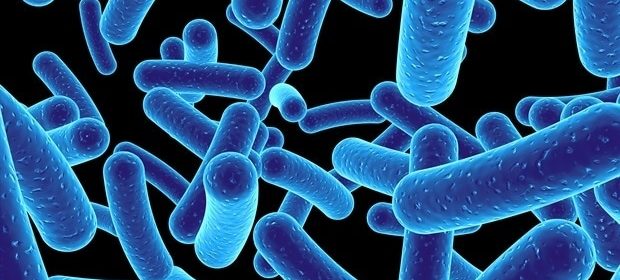STD Prevention and Treatment

Sexually transmitted diseases or STDs are a public health problem caused by the transmission of bacteria, viruses and other parasites. While some of the diseases are treatable using antibiotics, some such as HIV infection are not curable and can be fatal. Therefore, prevention of STD infection is the most important factor in managing these infections.
Prevention of STDs
The interventions for preventing the spread of STDs depend on several sociocultural factors such as culture, age, employment, education, religion and gender. These factors can influence sexual conduct and therefore spread of the infections. Some of the main prevention approaches include:
Abstinence: One of the best ways to prevent transmission of STDs is to avoid sexual contact with other individuals.
Barrier contraceptives: Contraceptives such as condoms provide a barrier against the contraction of STDs from an infected individual. Condoms, however, need to be used correctly to prevent transmission. Used condoms must be removed and disposed of appropriately to prevent spread.
Sexual health checks: Attending a sexual health screen before engaging in sexual contact with a partner helps to prevent new cases of infection. Checking is also needed before resuming sexual relations if a partner has engaged in contact with someone else. This may not always be a foolproof method since many infections may go undetected at certain periods of time.
Vaccination: Examples of important vaccines now available are those offering protection against hepatitis B and some strains of human papilloma virus (HPV).
Nonoxynol-9: This is a spermicidal and microbicidal agent used to lubricate condoms that can kill some of the local vaginal microbes. However, the compound is not completely protective against all STDs.
Treatment of STDs
The treatment of STDs depends on the causative organism. Treatment is essential to prevent long-term complications. Some of the main points to ensure in treating STDs include:
- All sexual partners of the infected person need to be checked for STDs so they can be treated to prevent further spread of any diseases.
- Individuals at high risk of contracting a disease such as rape victims can be given broad-spectrum antibiotics such as azithromycin and cefixime.
- Bacterial infections such as Chlamydia, syphilis and gonorrhoea can be treated using antibiotics such as cephalosporins, penicillin and other agents.
- Antiviral agents may be effective to a certain extent against herpes infection. In addition, warts may be treated using certain local treatments such as freezing therapy. For HIV infection, individuals are treated with antiretroviral agents to keep the viral load low.
- Trichomonas vaginalis is treated using antibiotics while parasitic infections such as lice and scabies are treated with shampoos or creams that contain insecticides.
Sources
- www.nhs.uk/…/Introduction.aspx
- www.nlm.nih.gov/…/hp079105.pdf
- http://www.cumc.columbia.edu/student/health/pdf/R-S/STDs.pdf
- www.unaids.org/…/una97-6_en.pdf
- http://www.who.int/vaccine_research/documents/STDs.pdf
- https://www.healthinfotranslations.org/pdfDocs/STDs.pdf
Further Reading
- All Sexually Transmitted Disease (STD) Content
- What is an STD (Sexually Transmitted Disease)?
- STD Pathophysiology
- STD Diagnosis
- History of Sexually Transmitted Disease
Last Updated: Feb 27, 2019

Written by
Dr. Ananya Mandal
Dr. Ananya Mandal is a doctor by profession, lecturer by vocation and a medical writer by passion. She specialized in Clinical Pharmacology after her bachelor's (MBBS). For her, health communication is not just writing complicated reviews for professionals but making medical knowledge understandable and available to the general public as well.
Source: Read Full Article